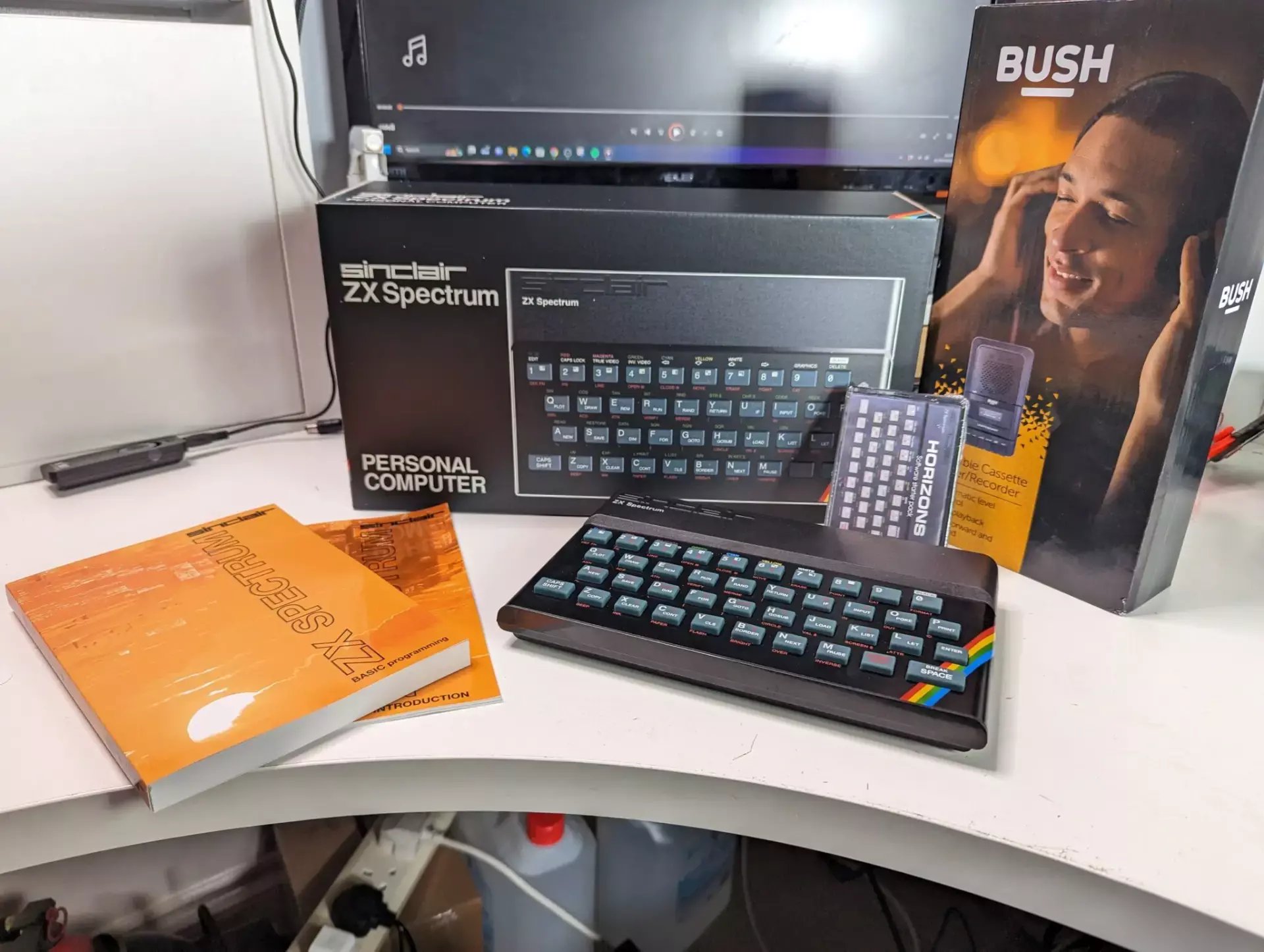
YouTuber Charles Astwood managed to build a new ZX Spectrum using modern components. Here, he lays out exactly how he did it…
“Why are old people on YouTube? Horror show of tech freaks!”
This is probably the only negative comment I’ve received on YouTube about my latest project, which involves recreating the ZX Spectrum 48k from all new components.
I’m unsure as to what exactly my commenter was expecting from a video entitled “The first new ZX Spectrum in 30 years” and included a thumbnail of a surprised Sir Clive Sinclair. Apparently, the secret to YouTube success lies in featuring shocked faces, and I was eager to explore all the new AI-powered image creators to create my thumbnail.
Contrary to what seems to be my commenter’s belief, though, we are all, indeed, ageing, and so recreating parts of our childhood can become an increasingly comforting activity. The burgeoning price of retro computing is certainly a testament to this. Long gone are the days of finding a Spectrum or C64 at the local school fete or charity shop and getting change from a shiny pound coin. Now people are convinced that the battered, broken Spectrum long-abandoned in their attic is their ticket to paying the electric bill.
But why recreate the Speccy instead of simply purchasing one from eBay, I hear you ask? This is a valid question. I have indeed bought, fixed, and scavenged from numerous eBay purchases. This time, however, I wanted to build an all new one, for two primary reasons.
Firstly, certain parts on original Spectrums are becoming increasingly scarce. I have purchased a fair number of “broken untested” units from eBay to fix or strip, only to discover the ULA missing upon their arrival. It is also becoming progressively more challenging to find reasonably priced original chips. This issue also extends to both the lower and upper RAM, which is frequently faulty. Although the 4116 and 4164 chips appear to be widely available, they, unfortunately, suffer from the rampant problem of counterfeit chips (often originating from China). From the last batch of 4116 RAM that I bought from AliExpress, only four out of the fifty chips were legitimate. Sometimes, that’s how the chips fall.
With so many sketchy chips, I wanted to devise a new way to keep the Spectrum functional while avoiding dependence on emulation (not that I’ve any issue with this!). I wanted to explore the possibility of constructing it exclusively with newly manufactured parts or modern recreations of the chips, such as the vULA. This approach, therefore, precluded the use of any New Old Stock.
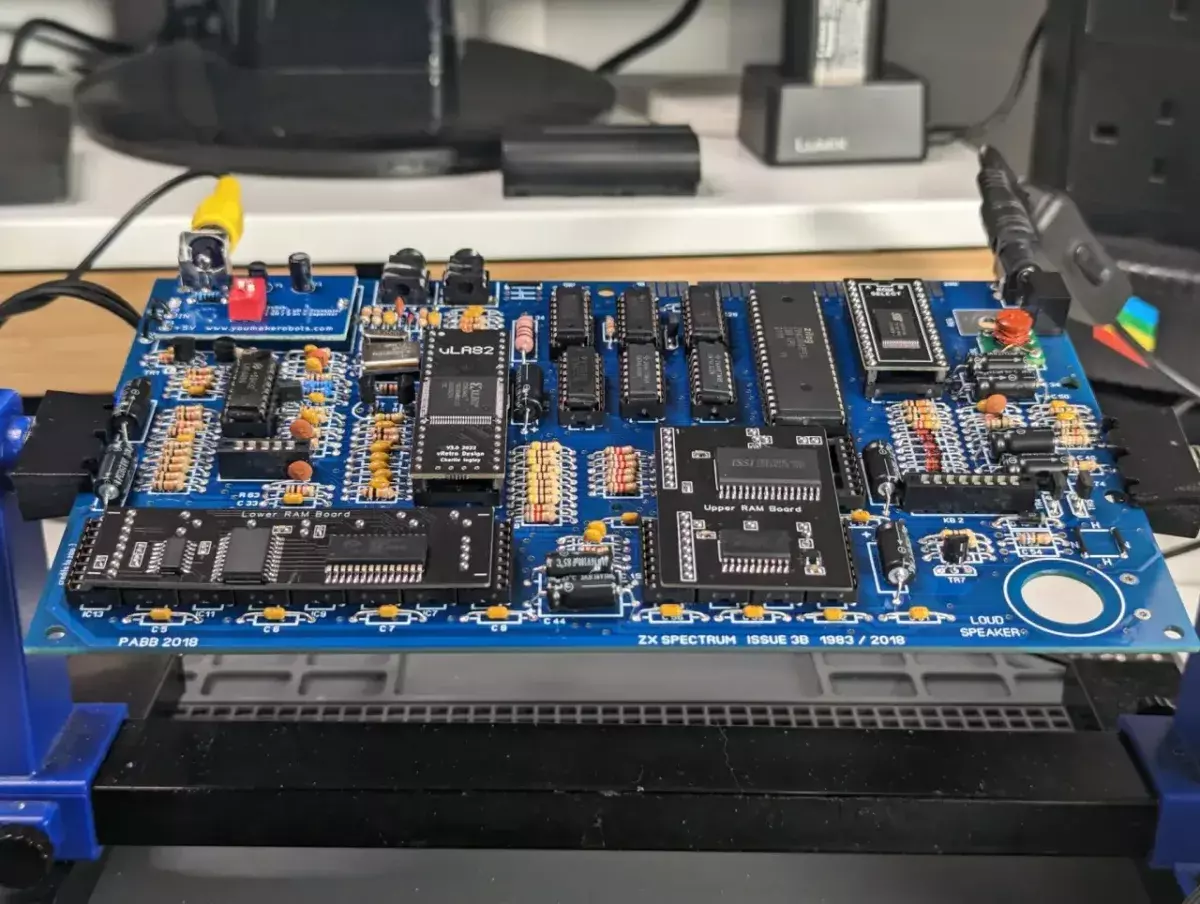
Charles’ modern, fully-populated PCB. A thing of beauty. Credit: Lost Retro Tapes.
The second reason for building an all-new Spectrum: it’s fun! For my day job, I live in a virtual space. I create, and make websites better, and all my marketing now is digital. My original background is advertising (in the pre-digital days). There’s something very rewarding and fun about creating physical print. Not enough people do it these days – I feel it’s a lost art. Plus, all my years of QuarkXpress, Illustrator, Photoshop and having a decent idea of artworking, has to count for something.
Luckily, the Spectrum has a very active community still working with it, helped by the longevity of the machine in Eastern Europe, where games and demos are still being programmed for it today. I went into the project thinking: ‘I’ll have to learn how to use Eagle to make the PCB’ but someone had already created it and put up Gerbers for download (thanks Pabb). More research brought up huge discussions about alternative chips that could be used in places such as spectrumcomputing.co.uk and Facebook groups.
Firing up a Google Sheet, I started to list the original Bill of Materials and then, in the next column, either find a modern comparable chip, or a modern recreation. To my surprise, I discovered all the resistors, diodes and capacitors are all still manufactured – some in a slightly different footprint but that doesn’t matter. The Z80 still shows its resilience as it is still – amazingly – being produced long after its debut in 1976, which makes it as old as me!
The Upper and Lower RAM isn’t made anymore, but modern recreations are available using LPSRAM chips, in place of the notoriously flaky 4116 chips, and all the 74xxx chips in the upper part of the board are replaceable with modern equivalents. The ROM can be replaced with a programmable EEPROM and Amstrad, the current owners of the Sinclair copyright, in a very unexpected turn of events, have allowed its free use for a good number of years now.
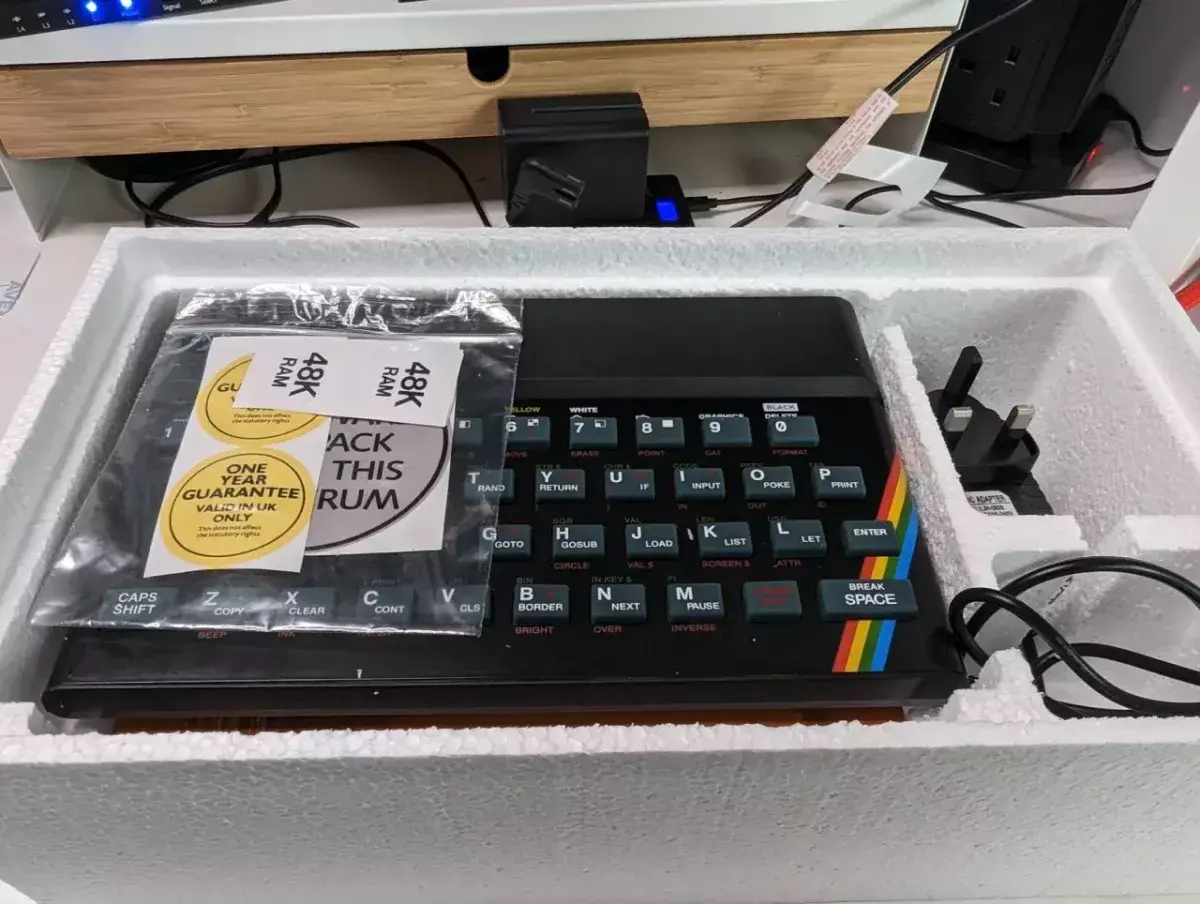
The completed ZX Spectrum in its polystyrene insert. Credit: Lost Retro Tapes.
Which just leaves the LM1889N, the video modulator chip and the only one I can’t currently find an equivalent or modern recreation for. It sits in my board (and in my conscience) as the only New Old Stock piece in the entire board. I’ve noticed the new version of the vULA has video output from it, so there’s a chance this may yet solve the issue. I am waiting for a new delivery from New Zealand to test this out; fingers crossed it will fix the last piece in the puzzle.
Assembling it all was an enjoyable process of simple soldering, which led to a growing fascination with perfectly aligning the strips of the resistors to those above and below it. By building a complete computer from components readily available from any electronics supplier, with the exception of the custom ULA, slowly but surely, a piece of computing history comes to life. The excitement of powering it up and seeing the “© 1982 Sinclair Research Limited” on the screen was invigorating. Moreover, loading Manic Miner, the greatest game ever to exist (but that’s another article entirely) was the proverbial cherry on top.
However, as previously mentioned, I aimed to take this project a step further, recreating the entire experience from 1983. This meant recreating the box, the manuals and, most importantly, the Horizons tape. I believe that for many readers interested in this topic, the Horizons tape likely marked their inaugural journey into the captivating world of computing. It magically transformed our TVs into portals to another universe, whether it was the joy of Thro’ The Wall or understanding population control with the foxes and rabbits of Evolution. The now seemingly primitive Basic programs of the time inspired many of us, guiding us toward our future career paths. I am uncertain if modern gaming consoles like the PS5 and Series X can ever replicate this profound impact on their users. And I feel extremely lucky to have been a part of it.
Remarkably, I was able to locate a tape recorder with a record function at Argos. This enabled me to convert a .tap image of Horizons into a .wav file, allowing me to playback those delightful screeches from the PC into the tape recorder. After several attempts to get the audio levels right, I finally had a tape that flawlessly loaded the Horizons program.
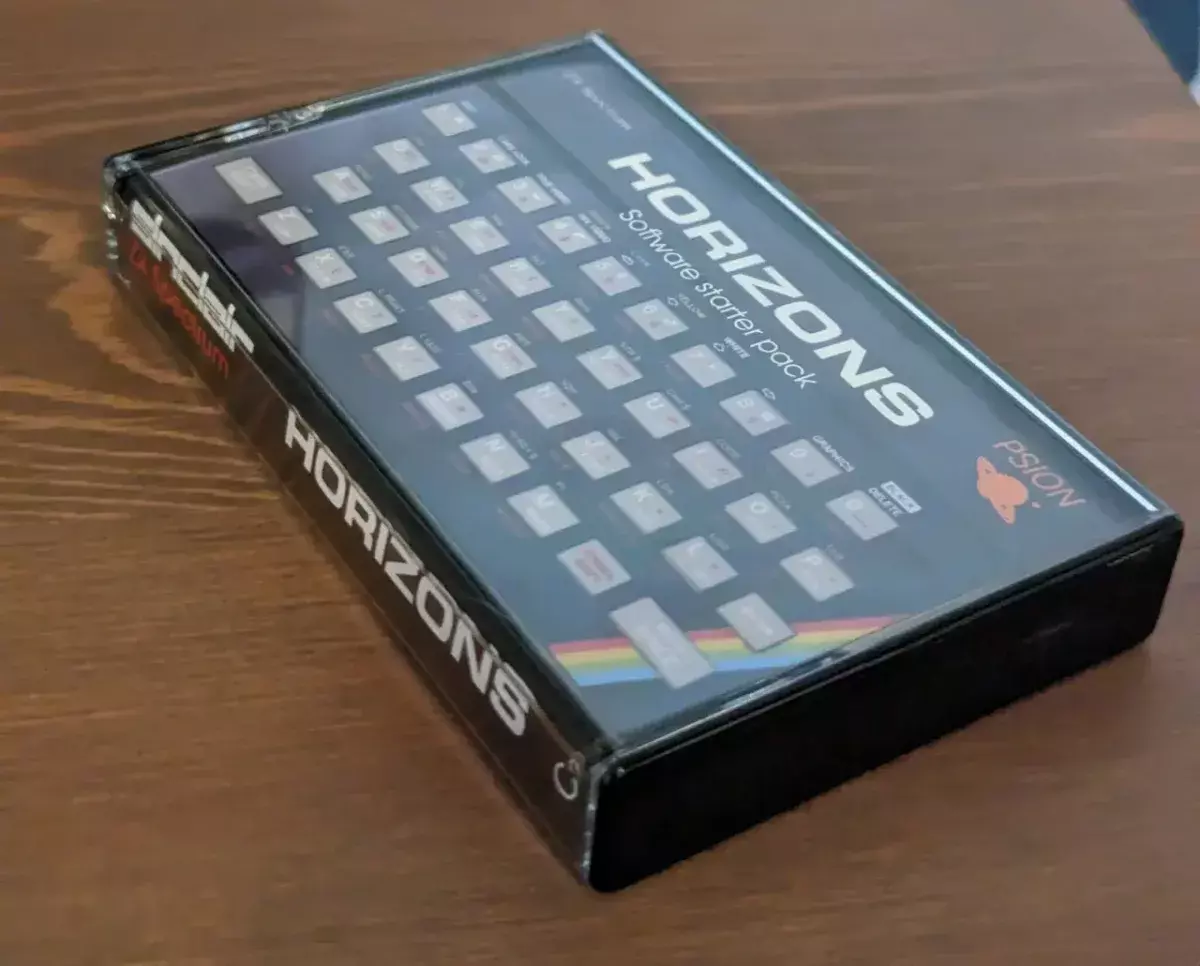
A replica of the iconic Horizons tape bundled with early Spectrums. A game of Thro’ The Wall, anyone? Credit: Lost Retro Tapes.
I then turned my attention to finding a source for the tape cover. Once located, it was scanned, the fonts were identified, logos were redrawn, and the Issue 1 Spectrum in my collection was photographed to create the best quality cover possible. This was then sent off to professional printers.
In addition, it was essential to reproduce the iconic manuals. Fortunately, the internal pages were already scanned at high resolution and available for download. I managed to obtain these, but the cover required recreation. The original artwork, titled “Floating City” by John Harris, had been beautifully redrawn by the talented Gary Arnott on Twitter some time ago. I procured a high-resolution version of this image and, after conducting a significant amount of colour and level correction in Photoshop, managed to recreate it as closely as possible to my reference manual.
With all the elements in place, I used InDesign to compile everything, exporting it to send off to the printer for professional printing and binding. When the final manuals and tape cover returned, they looked better than I could have ever imagined.
Finally, the box! Fortunately, there is someone online selling the cover and reproduction poly inserts so I was able to use these. Since finishing the project, the box is something I have returned to. Although the reproduction is good, it’s not perfect, so I’ve been recreating the artwork to better exactly match the original and be able to print on a paper stock closer to the original box. Again, I will be putting it up for anyone to use, once complete.
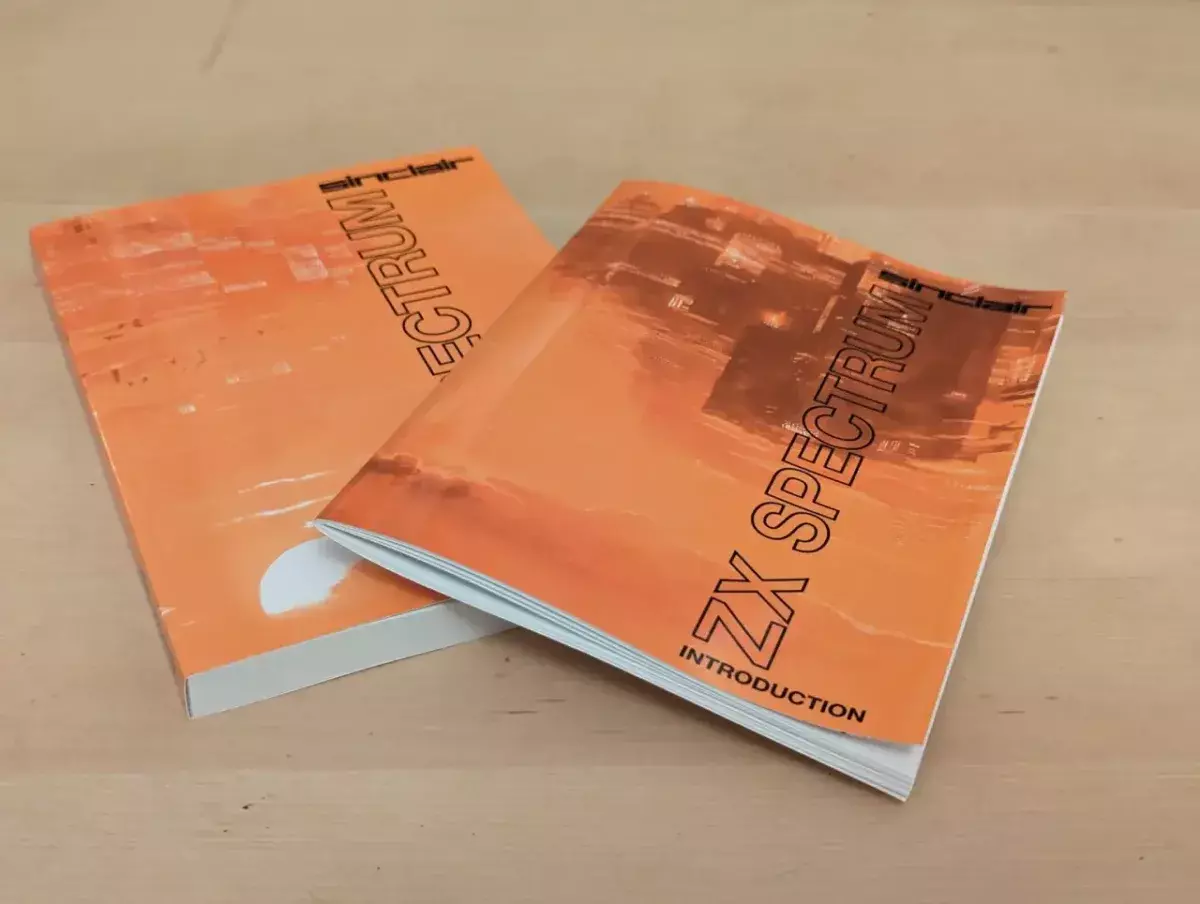
A generation of Spectrum users learned how to program thanks to these manuals. Credit: Lost Retro Tapes.
I never actually got to unbox a new Spectrum, while they were still in production. I was bought one for my 7th birthday, and my parents, in a rare fit of technical ability, set it up in the living room with it displaying “Happy Birthday, Charles”. (To this day I have no idea how they managed it, my mother once phoned me at work to ask me “how to go to a new line” on the PC, having never seemingly used the return key). So after 40 years I now, after what someone called a “reboxing”, have finally had the experience of opening a very close reproduction of a fully boxed 48k Spectrum with all the trimmings – and I couldn’t be happier.
But going back to my negative YouTube comment, it was amazing that every other message (and there were a lot) was lovely. Comments came from people loving the build but also just sharing their memories of the Spectrum and other 8 bit computers from the era. Some felt inspired to either dig out their own Spectrum from the loft or to remake one.
It reminded me of the early days of the internet, when we used to chat in comp.sys.sinclair and IRC, where the worst bullying that happened was some light jibes if you admitted you also liked the C64 (for removal of doubt, I do!). So, for that reason alone, I feel it’s been a job well done. Right, onto the next one, look out Commodore – and keep an eye on my site at www.lostretrotapes.com for updates.
Read more: The ZX Spectrum | Celebrating Uncle Clive’s greatest hit



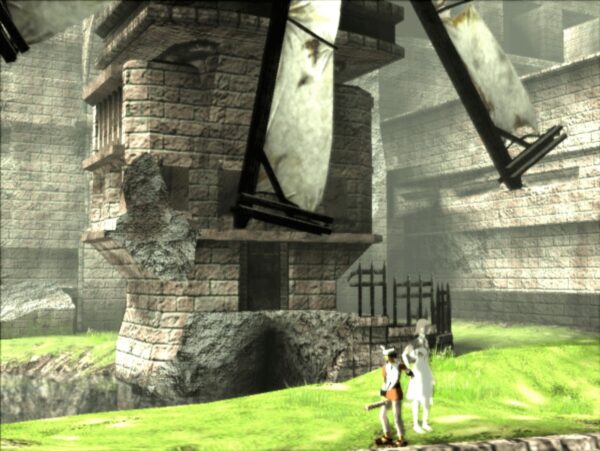
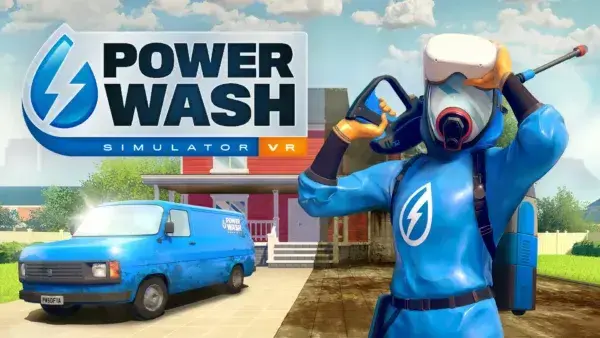

1 Comment
Astwood this is amazing!